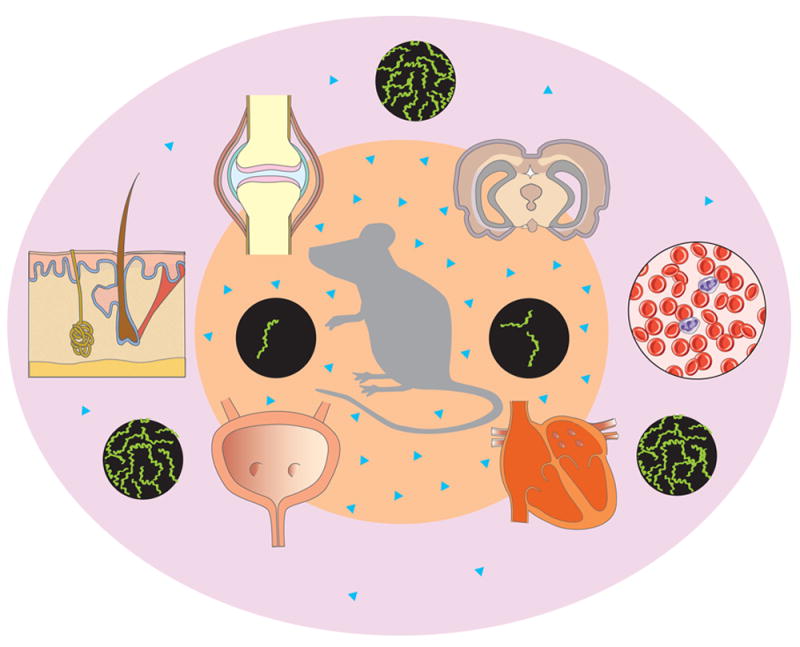Fig. 3. Hypothetical role of the B. burgdorferi stringent response in the P. leucopus reservoir.

Transmission of B. burgdorferi into the dermis of mice, usually by I. scapularis nymphs, generates an acute infection. In the dermal environment with high levels of glucose and other nutrients, borrelia begin to display an attenuated stringent response with low levels of (p)ppGpp, which in turn enables rapid borrelial division, multiplication and motility. These rapidly dividing and motile bacteria subsequently invade adjacent areas of the dermis, bloodstream and various organs, reaching relatively high concentrations (outer pink circle, attenuated stringent response). After several weeks, as a result of the immune response, borrelia disappear from blood, and few remain in connective tissues. These low numbers of borrelia display an activated stringent response and high levels of (p)ppGpp in response to nutritional depletion and other stimuli, including the potential ability of the immune response to block the uptake of nutrients by borrelial transporters. These spirochetes will probably be slow moving, transcription competent and persisters (inner orange circle, high concentration of (p)ppGpp). ▲ = (p)ppGpp in borrelia cells
